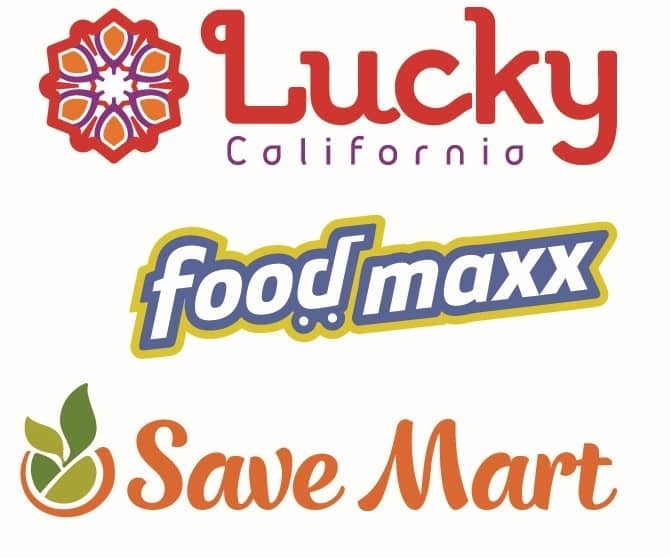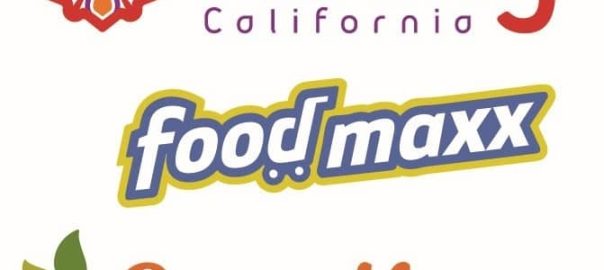Success with an RMN depends on the quality of consumer engagement, not the size of the organization.
Retail media networks (RMNs) are bringing in big money for big companies. They are responsible for 68% of Amazon’s global profits and 12% of Walmart’s, according to a BCG report which notes that “so far, large companies have led the way in retail media.”
While it may seem that you need millions of customers or thousands of brick-and-mortar stores to have an RMN, that’s not the case. As with everything in marketing, it all comes down to your connection with the customer.
So, “the small guys can play too,” said Tamara Pattison, chief data officer of The Save Mart Companies (TSMC), which operates over 200 grocery stores in California and Nevada.
The organization’s journey to an RMN began a little more than a year ago when it was purchased by a private equity firm. The new owners brought in Shane Sampson, former chief marketing officer for grocery giant Albertsons, as CEO. He has a vision of using technology to empower customers, associates and “our supplier audience by enabling them to take their digital ad spend and communicate in a highly effective marketplace,” said Pattison.
Start with mobile
Last October, Pattison was hired to execute that vision. With an RMN in mind as a goal, she spent her first six months investing in “baseline infrastructure and tech technology” to better engage with customers. To that end, they partnered with Swiftly, which provides smaller retailers with the technology used by the largest of companies.
“We partnered with Swiftly in order to power our mobile applications,” said Pattison. “We saw that engagement really increased as it related to our digital connectivity with our shopper.”
The connection with shoppers, more than the size of the organization, is what will make or break an RMN, says Sean Turner, Swiftly’s chief technology officer.
“Challenge number one for retail media is you first have to have a relationship with the shopper and we help retailers to build a very strong digital connection with their brick-and-mortar shoppers,” said Turner.
A shopper’s mobile engagement is usually very short and rapid, says Pattison. It usually occurs in the store or very close to the store. Once they had that working they worked on the desktop experience which is more deliberate. This is where shoppers are doing more planning and going for information and education about products.
Unique audiences
Pattison and Turner knew that having good engagement in both of these was the key to convincing suppliers that an RMN would be worth their investment. It helped that TSMC was able to give suppliers access to several different, unique audiences.

TSMC has three different retail brands — Save Mart, Lucky and FoodMaxx — serving different demographics.
- Lucky serves a very densely populated, traditionally urban consumer market.
- Save Mart shoppers are more suburban, with smaller families including empty nesters and retirees.
Food Maxx is very different from those two. These stores are, as the website puts it, “proudly no-frills, bag-your-own, warehouse-style stores that thrive on consistently bringing customers the best deals in town,” with shoppers who tend to have a more multicultural background.
“If you’re a supplier partner and you’re thinking about a new product introduction, or you’re thinking about a specific advertising campaign, you can go to a single location, operate across multiple formats, different geographies, different ethnicities, all with a single one-stop shop,” says Pattison. “It’s kind of the dream activation if you’re interested in testing and learning, if you want to run multiple messages and get very quick feedback and then ultimately plan a larger scale media plan.”
Moving it in-store
With that audience and the ability to show customer engagement, TSMC is looking to extend its RMN in-store by the end of Q1 2024.
“Driving activation in brick-and-mortar is really critical in grocery because 80% to 90% of sales happen there,” said Turner.
The goal for the in-store RMN is to impact shoppers at both the point of purchase and the point of decision.
“Point of purchase is clearly in the check-out lane,” said Pattison. “But point of decision happens in a lot of little intimate touches throughout the store. We want to make sure that there’s an opportunity to pay off there as well, but also not degrade anything as it relates to the shoppers’ experience. Nobody likes to go in and feel like you’re being shouted at.”
How big do you need to be?
So, what size do you have to be for an RMN to make sense?
“That’s a great question and one that is, is so perfect for the time,” said Pattison. “I actually was part of the Albertson Safeway organization a long time back where to do this you needed to have a ton of investment across the board. Internal technology investment, as well as resources. Given where the technology has moved to, that’s no longer the case.”
She says partners like Swiftly can provide the infrastructure at a reasonable cost. The real question, then, is about the quality and not the quantity of consumers you serve.
“If you happen to have 10 stores and you happen to sell a really incredibly unique product and you have a high level of engagement with a community that is of interest you’ve got a retail media network opportunity.”
The post How a small chain is going big with a retail media network appeared first on MarTech.
(3)









